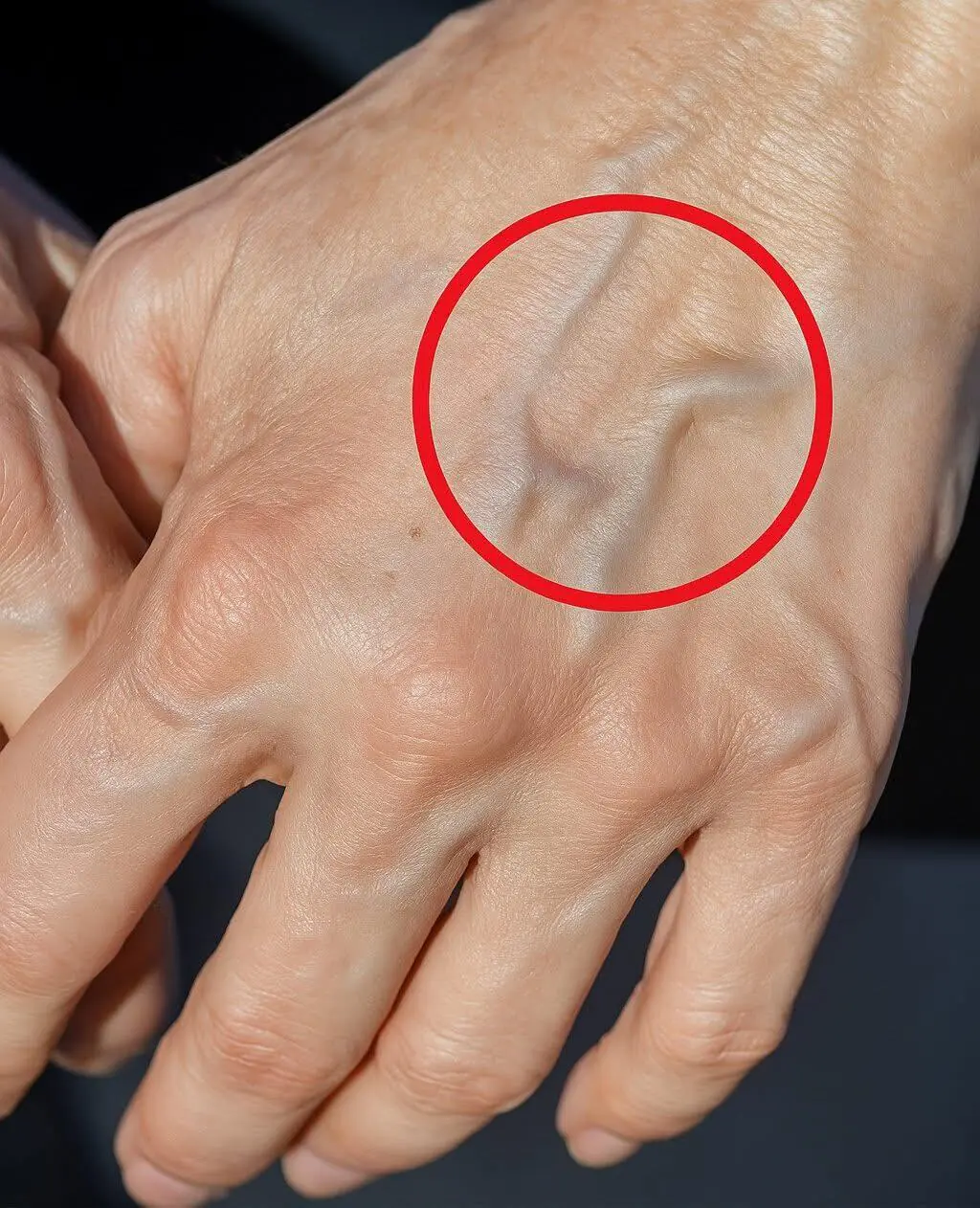
6 Types of Foods That Feed Can.cer Cells
6 Types of Foods That Feed Can.cer Cells – Many People Love Them Without Realizing the Risk
Recognizing these “culprits” can help each of us adjust our eating habits to protect our health.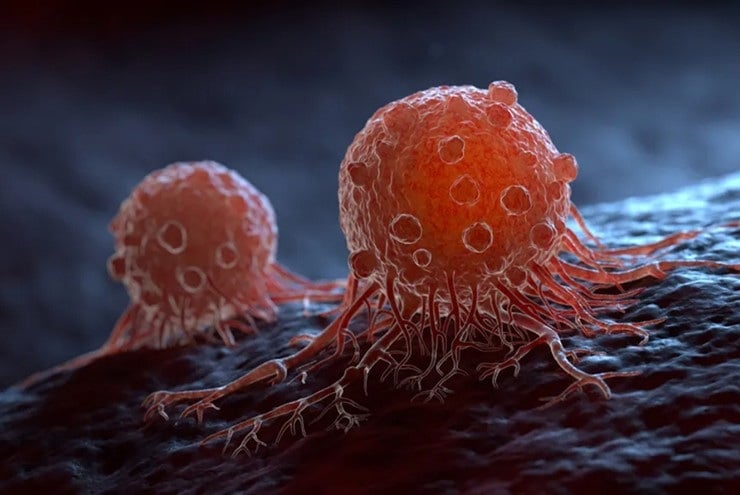
Food and Cancer Cells – A Connection That Cannot Be Ignored
Inside the body, abnormal cell growth can lead to tumors, and in some cases, cancer. These abnormal cells are often referred to as cancer cells (K cells). What’s alarming is that some familiar, well-loved foods can unintentionally provide the perfect environment for cancer cells to thrive.
1. Processed Red Meat – The Silent Accomplice
Examples: sausages, bacon, cured meats, canned meat.
Risks: These products often contain preservatives, nitrites, and salt. Inside the body, they can form nitrosamines — compounds classified by the World Health Organization (WHO) as carcinogenic.
Alarming habit: Many people, especially children and young adults, enjoy fried sausages or convenient canned meat, unaware that frequent consumption increases the risk of K cells developing in the digestive system.
2. Fried and Charred Foods – Hidden Cell Mutagens
Mechanism of harm: Repeatedly heated oil or charred food produces acrylamide and polycyclic aromatic hydrocarbons (PAHs), both of which can cause cell mutations.
Common examples: French fries, fried chicken, charcoal-grilled meat. While tasty, long-term consumption creates favorable conditions for K cells to grow.
Advice: Limit oily fried foods; instead, choose steaming, boiling, or moderate-temperature baking.
3. Sweets and Sugary Drinks – Fuel for K Cells
Scientific explanation: Cancer cells divide rapidly and thrive on sugar. Foods and drinks high in sugar spike insulin, promote inflammation, and help cancer cells grow.
Hidden dangers: Candies, bubble tea, and soda are favorites for many, but regular intake leads to fat accumulation, insulin resistance, higher diabetes risk, and a fertile ground for cancer cells.
Recommendation: Cut down on sugar, replace with low-sugar fruits or plain water to reduce risks.
4. Alcohol – The Cancer Catalyst
Effect: Alcohol in the body metabolizes into acetaldehyde, a toxic compound that damages DNA and proteins, thereby triggering cancer cell formation.
Related cancers: Liver, stomach, and esophageal cancer.
Concerning reality: Alcohol is a social habit, and frequent consumption means many unknowingly feed cancer cells.
5. Pickled and Fermented Foods – Nitrate and Nitrite Buildup
Risk: Poorly fermented or long-stored pickles accumulate high levels of nitrate and nitrite. In the stomach, these can form nitrosamines — potent cancer-causing agents.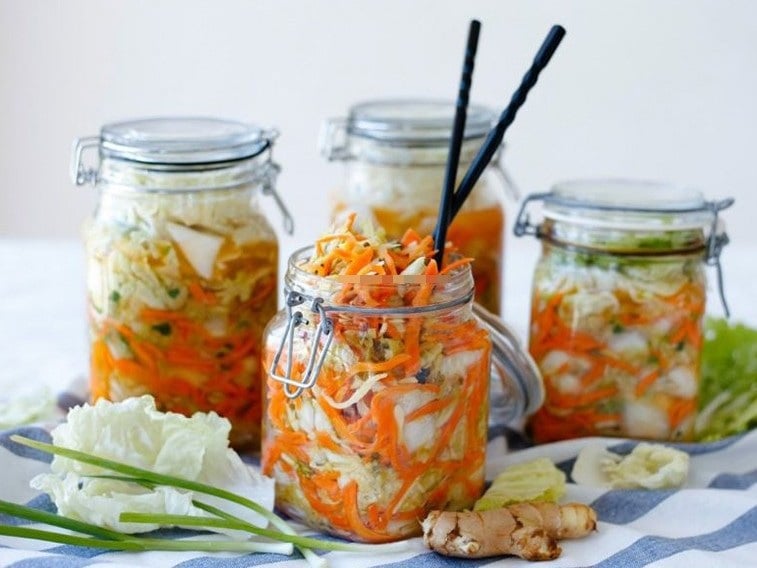
Advice: Consume pickles in moderation, opt for freshly fermented ones, and avoid old or spoiled batches.
6. Foods High in Saturated and Trans Fats
Examples: margarine, fast food, industrial pastries.
Impact: These fats promote chronic inflammation and metabolic disorders, creating an ideal environment for K cells.
Caution: Many people enjoy cakes and processed sweets, unaware they increase the risk of pancreatic, breast, and colon cancer.
Conclusion
Tasty, convenient, and popular foods can sometimes be the very agents that fuel cancer cells. An unhealthy diet over time is no different from helping cancer grow inside your body.
To prevent this, you should:
-
Limit processed meat, fried, and charred foods.
-
Cut down on sugar and avoid carbonated drinks.
-
Control alcohol consumption.
-
Prioritize fresh, fiber-rich foods, vegetables, and clean fruits.
Health is the most valuable asset. A healthy diet not only helps maintain your figure and longevity but also serves as a powerful shield against the growth of cancer cells.
News in the same category


All The Things You Need to Know About Nighttime Urination And When To Start Worrying

Umbilical Hernia: Causes, Symptoms and Treatment
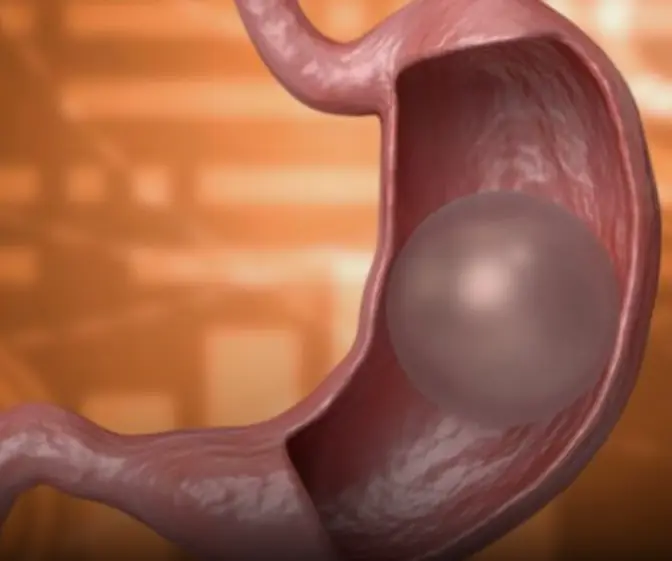
What happens if the gastric balloon bur.sts?

Gassier at Night? Here’s Why (and What To Do About It)

What is myasthenia gravis and what are its symptoms?
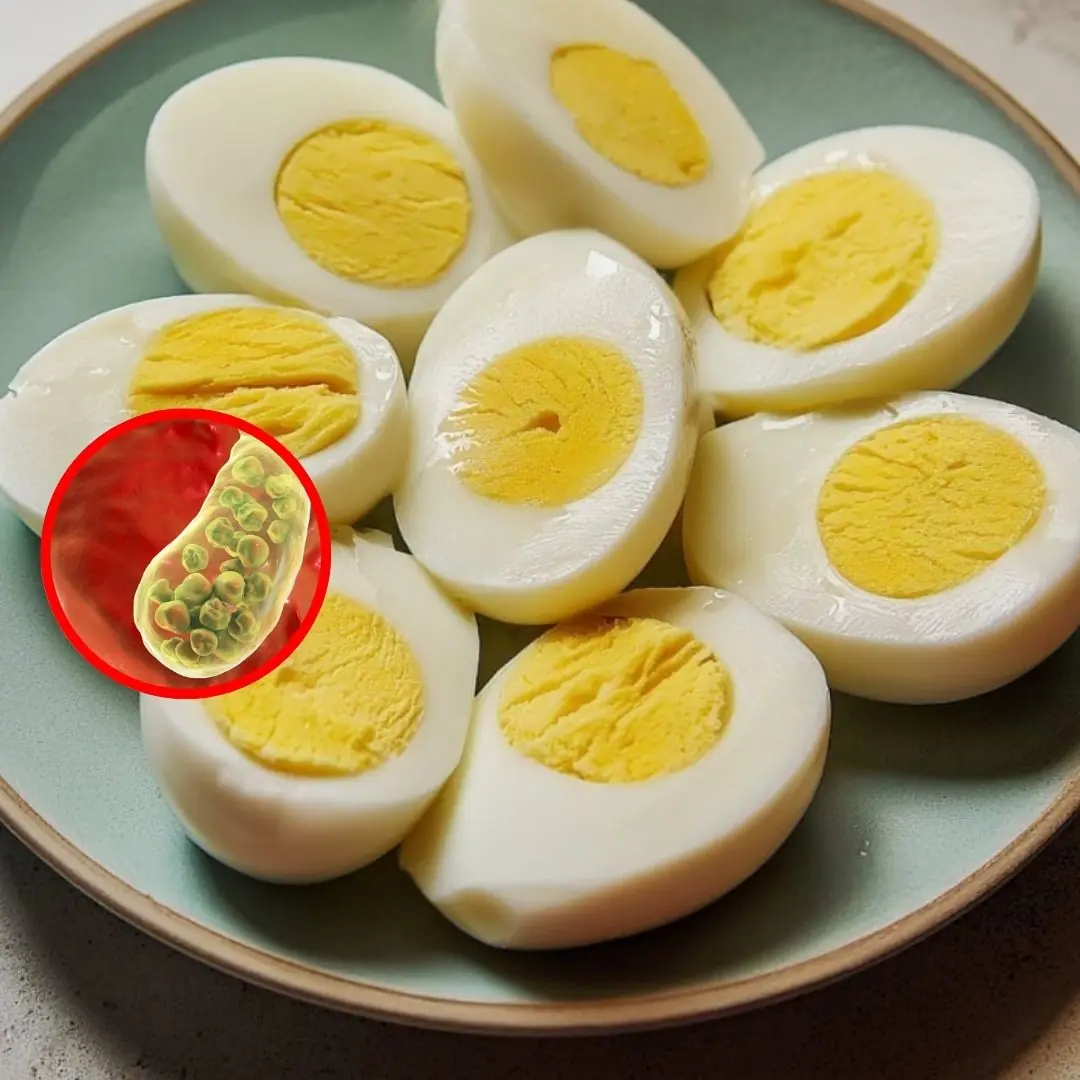
Eating chicken eggs is harmful to these 5 groups of people

WARNING: These 3 signs on the shoulder are signs of malig:nant tum:ors, even can:cer, do not ignore them
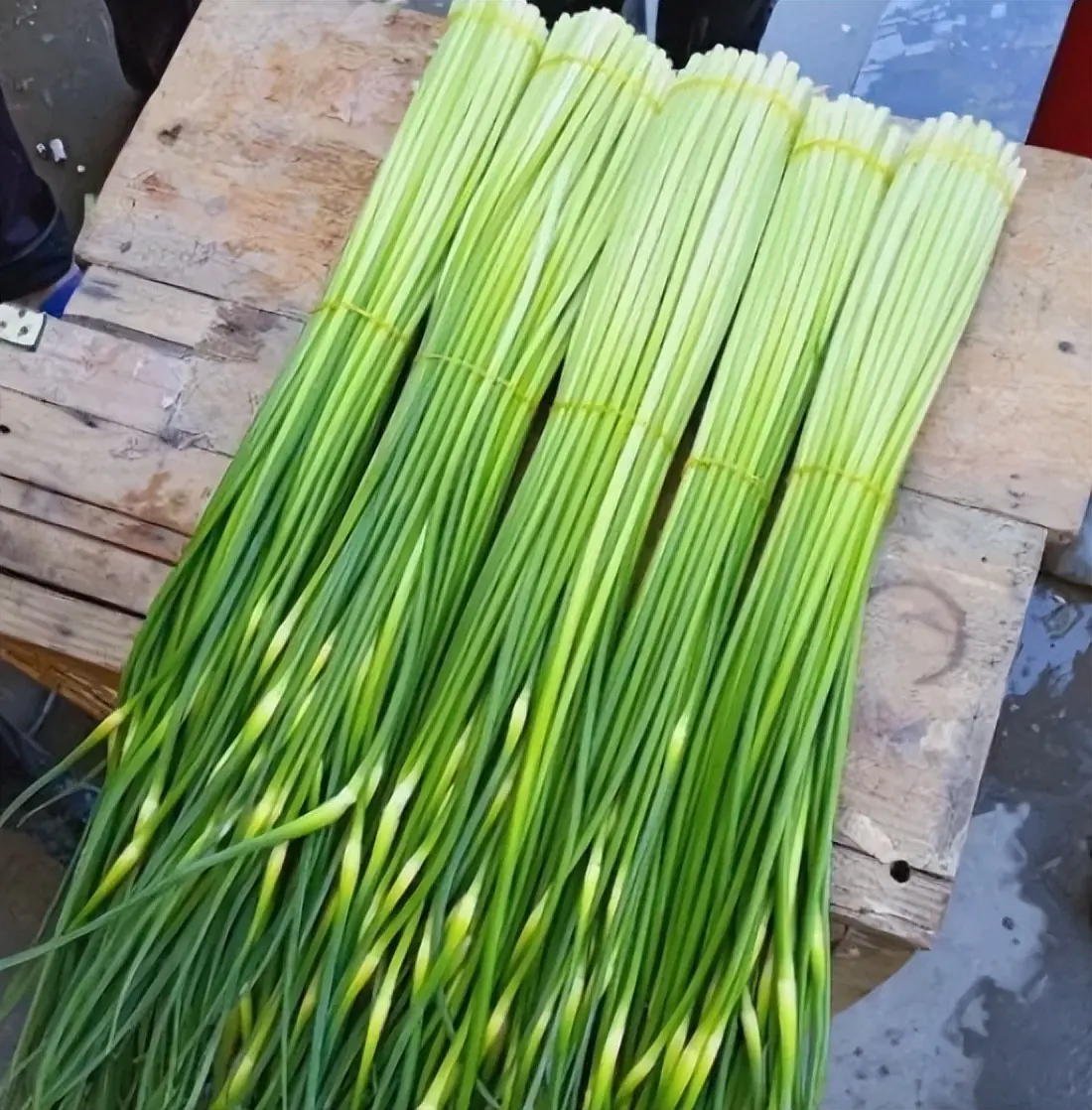
4 Vegetables Easily “Treated” with Chemicals
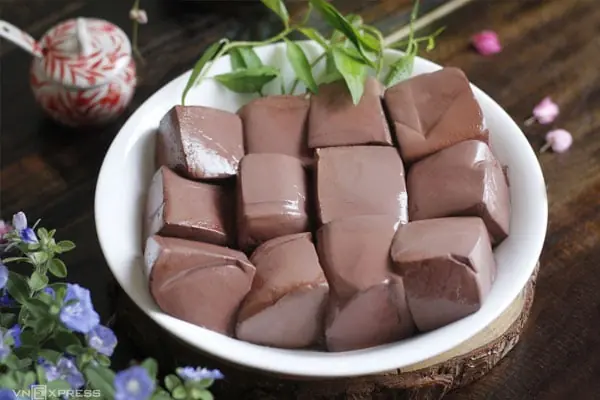
The Part of the Pig Often Dismissed as “Dirty” and Thrown Away: Turns Out It’s a “Miracle Food” with 10 Times More Iron Than Meat

An 8-Year-Old Girl Complained of “Sto.mach Pain” Every Friday Afternoon
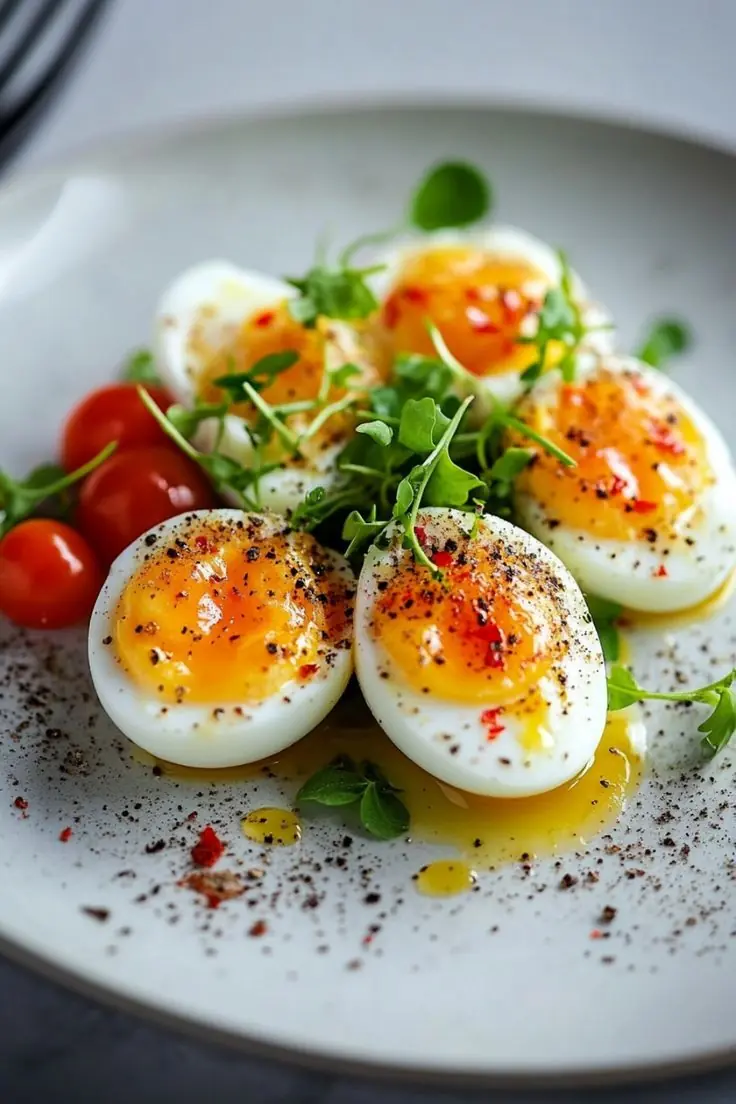
Eating Eggs Can Be Harmful for These 5 Groups of People: Better Stay Away!
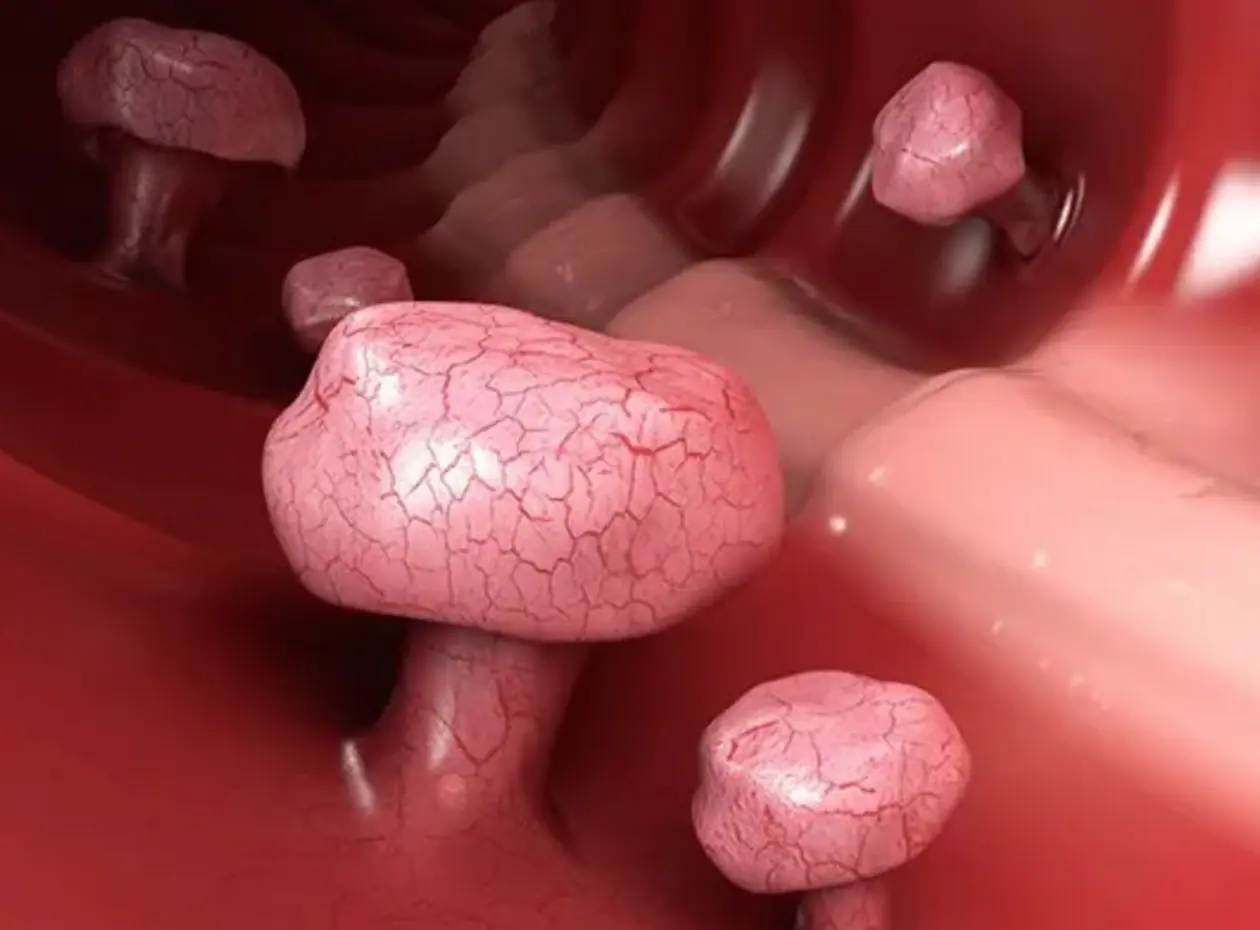
Early detection colon polyps: The key to effective can.cer prevention

Think it’s harmless? The risks of wearing bras to sleep might surprise you

What dise:ase is gr.oin pa.in a symptom of?

These 10 symptoms indicate latent diabetes

What sleeping on the left side does for our brain, stomach and lymphatic health
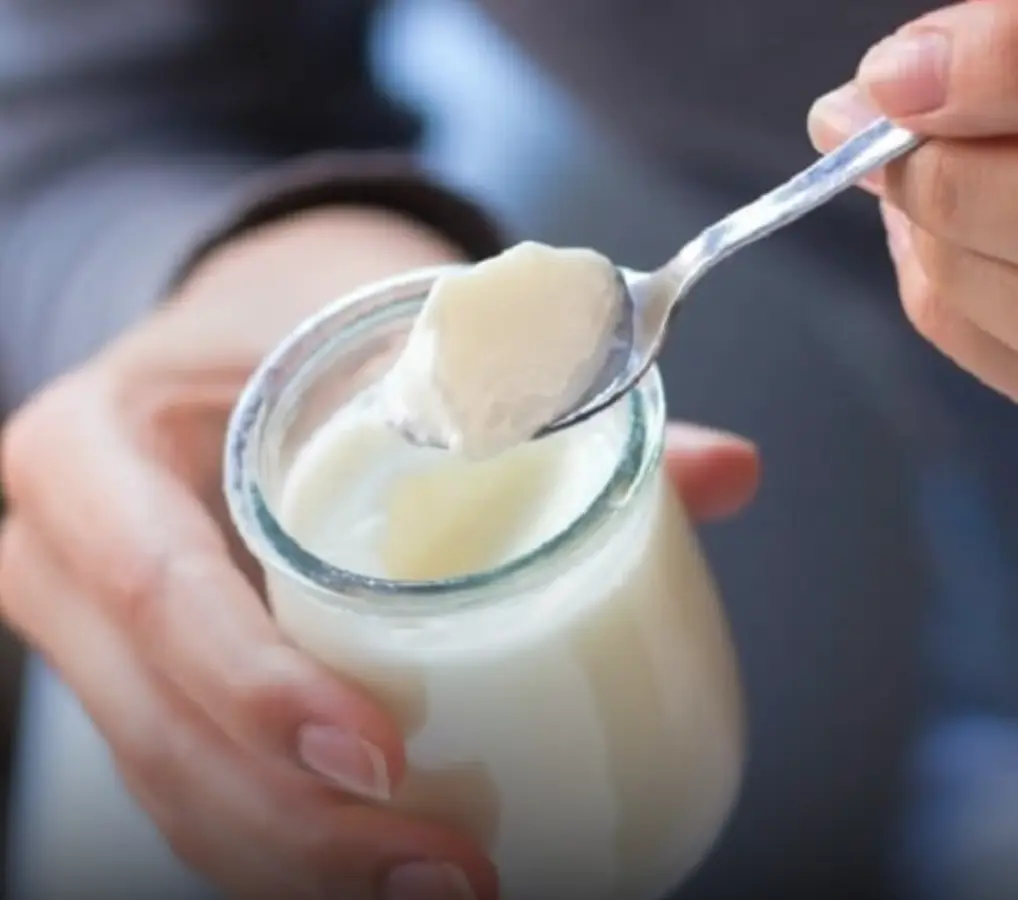
Eating yogurt with these 5 mistakes can bring more dis.eases into your body
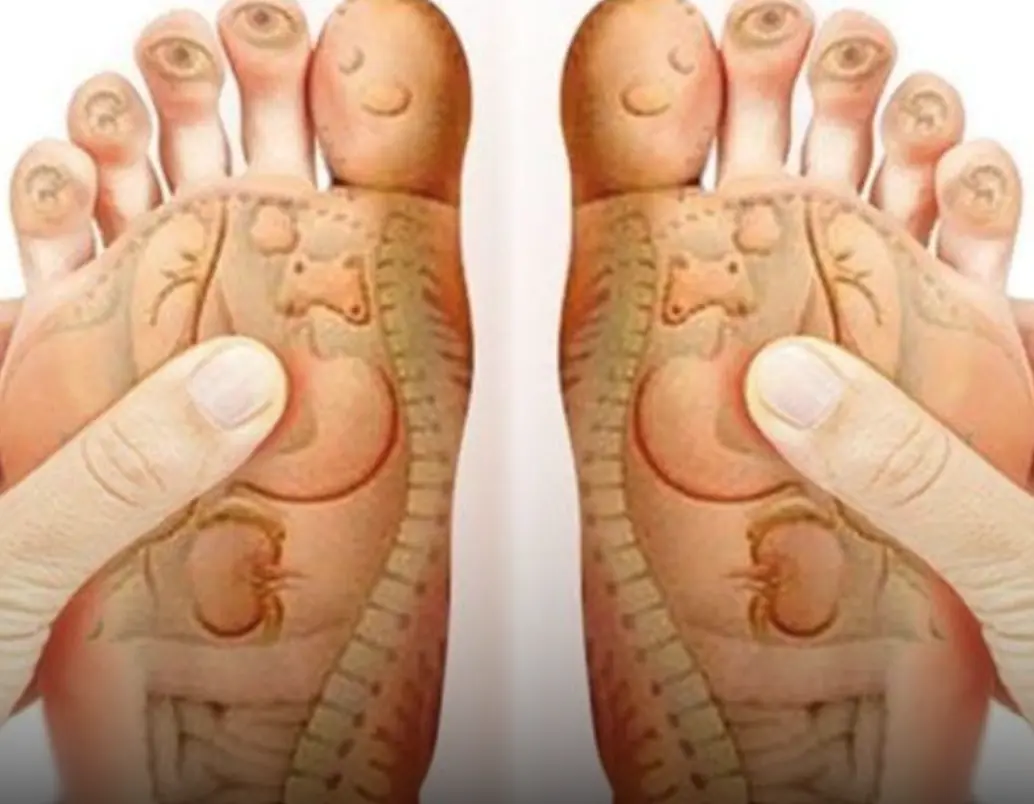
8 foot massage points that help relieve issues
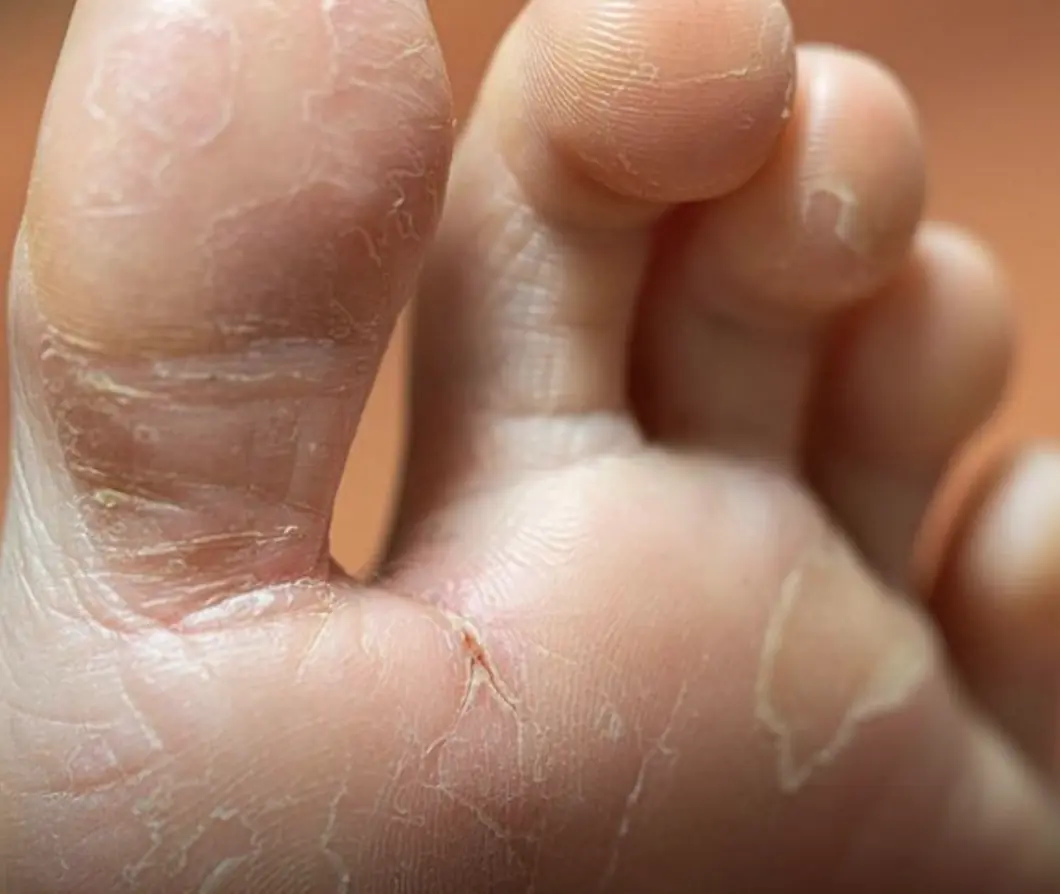
7 subtle symptoms that could signal serious health problems
News Post

If Veins Suddenly Pop Out on Your Hands

All The Things You Need to Know About Nighttime Urination And When To Start Worrying

Don’t Throw Out Old Dish Sponges
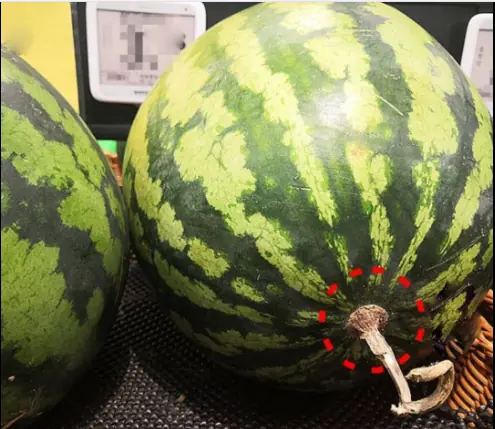
When buying watermelon, don't choose a big one.
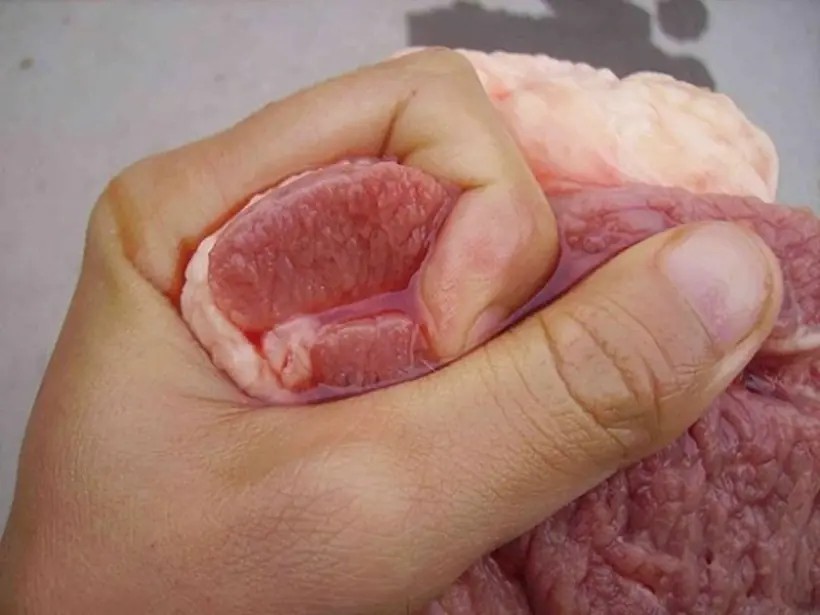
If You See Pork with These 4 Signs at the Market, Don’t Buy It No Matter How Cheap

Why Does Fish Often Smell Fishy? The Real Reason Many People Don’t Know
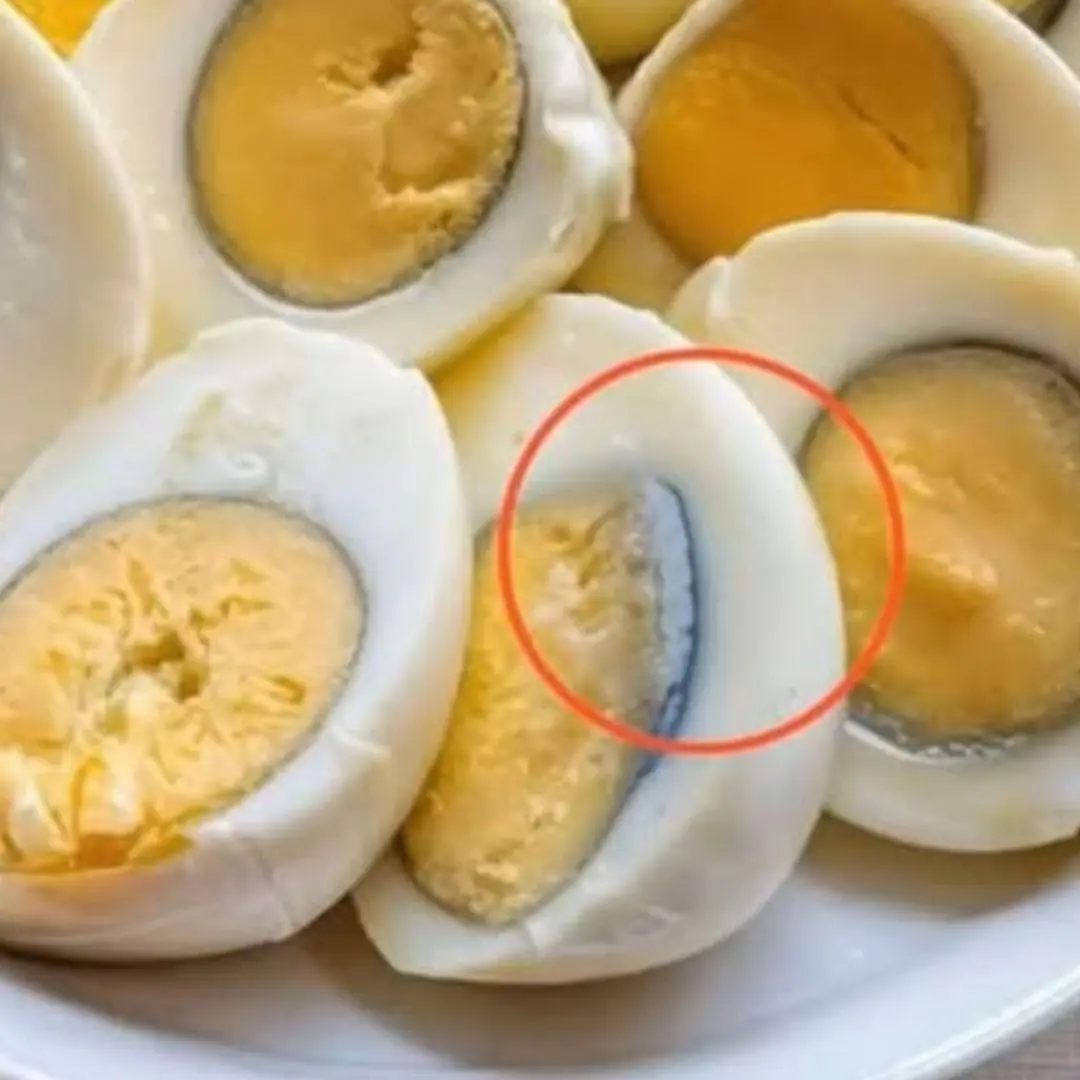
Ever noticed a greenish ring around an egg yolk? The explanation might surprise you...

Umbilical Hernia: Causes, Symptoms and Treatment

What happens if the gastric balloon bur.sts?
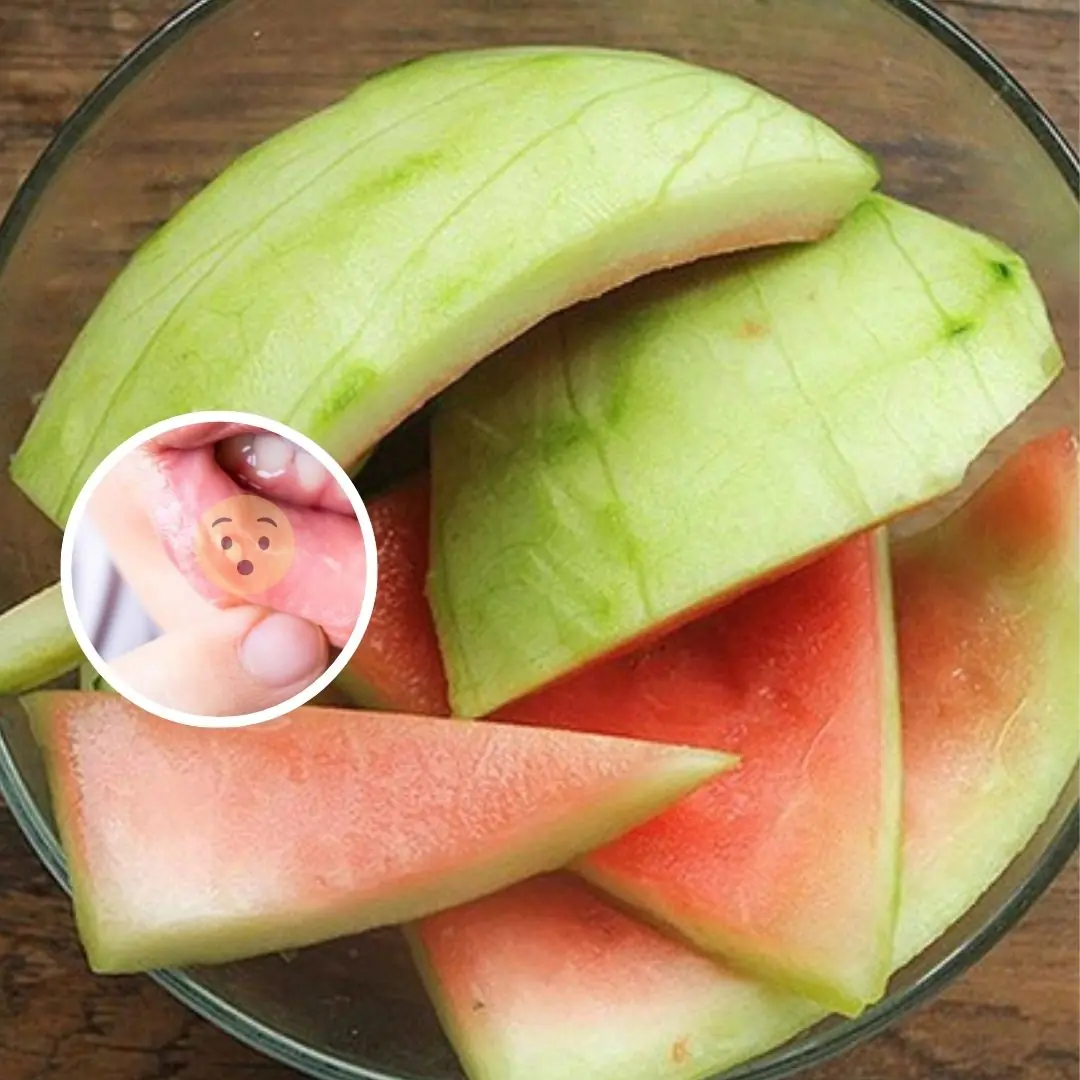
99% of people will throw away these 6 fruit peels when eating, but will regret it when they know their benefits
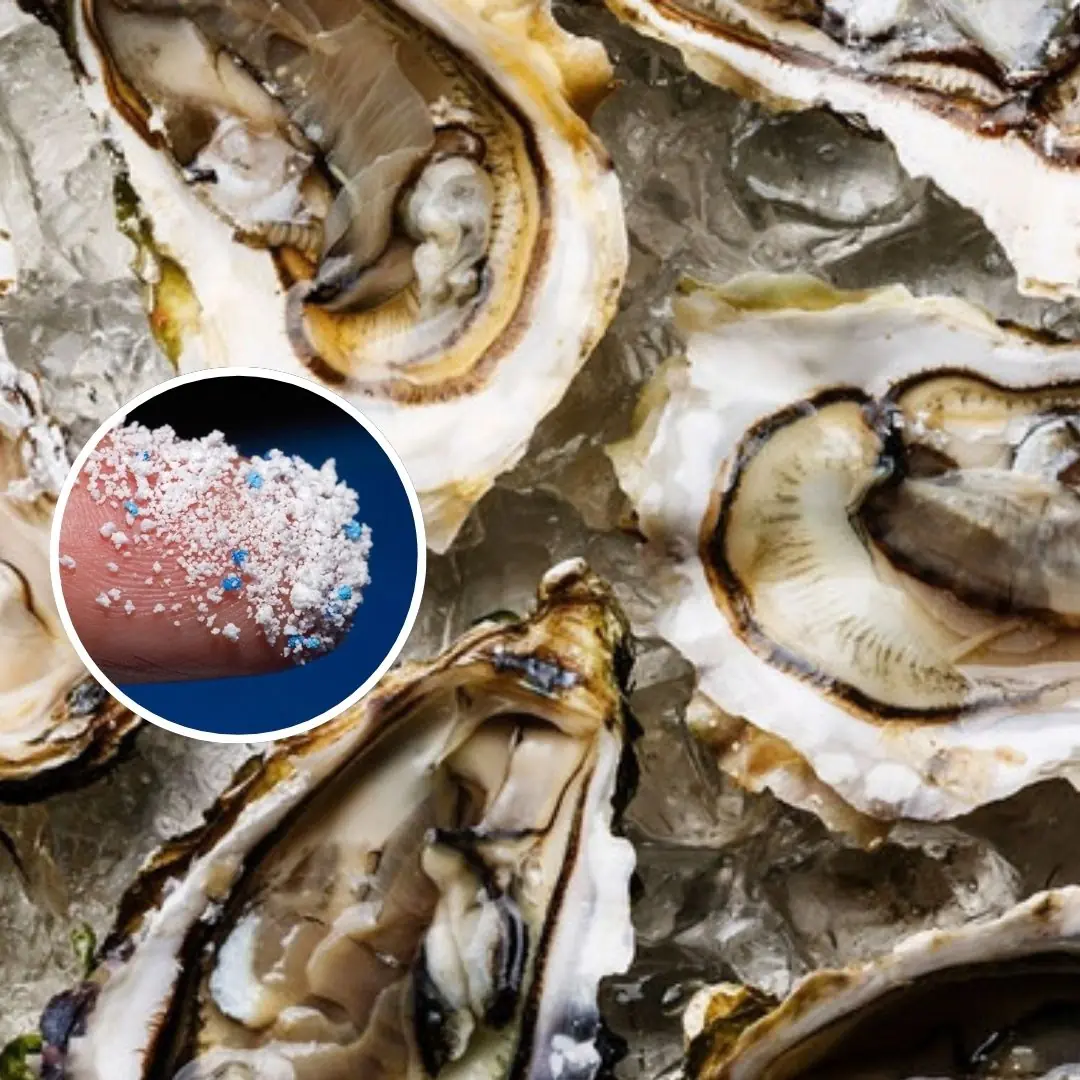
Top 2 types of seafood at the top of the list of microplastic contamination, but people still eat them every day

Gassier at Night? Here’s Why (and What To Do About It)

What is myasthenia gravis and what are its symptoms?

Eating chicken eggs is harmful to these 5 groups of people

WARNING: These 3 signs on the shoulder are signs of malig:nant tum:ors, even can:cer, do not ignore them

4 Vegetables Easily “Treated” with Chemicals

The Part of the Pig Often Dismissed as “Dirty” and Thrown Away: Turns Out It’s a “Miracle Food” with 10 Times More Iron Than Meat

An 8-Year-Old Girl Complained of “Sto.mach Pain” Every Friday Afternoon

Eating Eggs Can Be Harmful for These 5 Groups of People: Better Stay Away!
